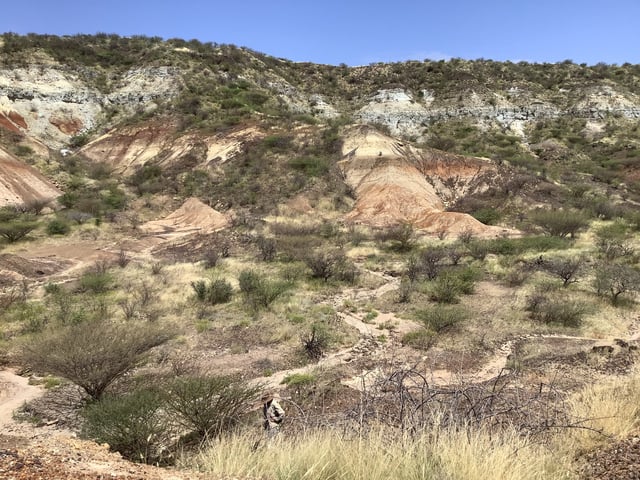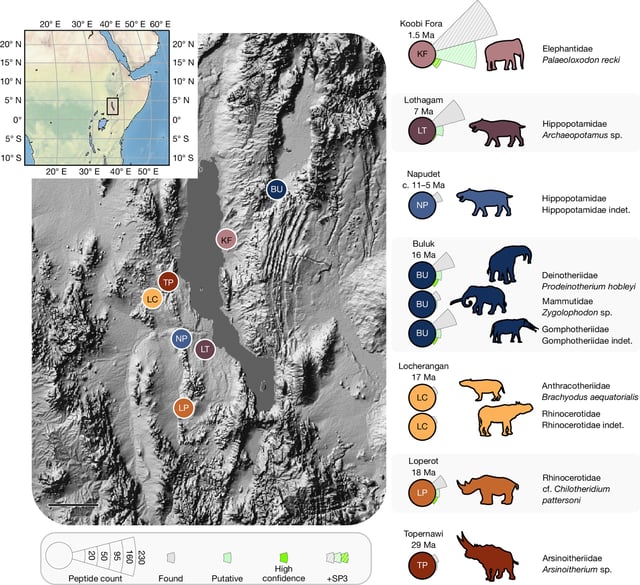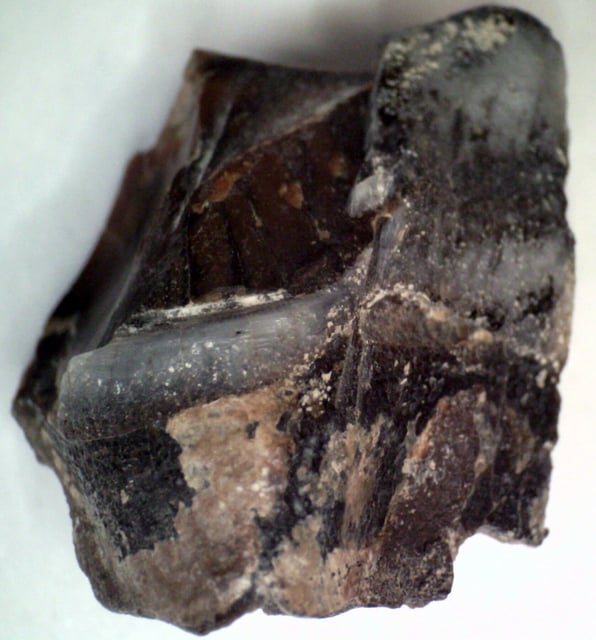Overview
- Two studies in Nature report protein fragments extracted from 18-million-year-old enamel fossils in Kenya’s Turkana Basin and 21–24-million-year-old enamel from a rhino tooth in Canada’s High Arctic.
- Researchers used liquid chromatography tandem mass spectrometry (LC-MS/MS) to detect and sequence multiple enamel proteins and more than 1,000 short amino acid chains.
- The discoveries extend the known preservation window for animal proteins by about 14–15 million years, from the previous limit of roughly 4 million years to 24 million years.
- Dental enamel’s dense mineral structure provides a protective microenvironment that shields proteins from degradation even under tropical heat or polar cold.
- Scientists plan to apply these methods to map deep evolutionary lineages and physiological traits of extinct mammals and hominin relatives beyond DNA’s temporal reach.



